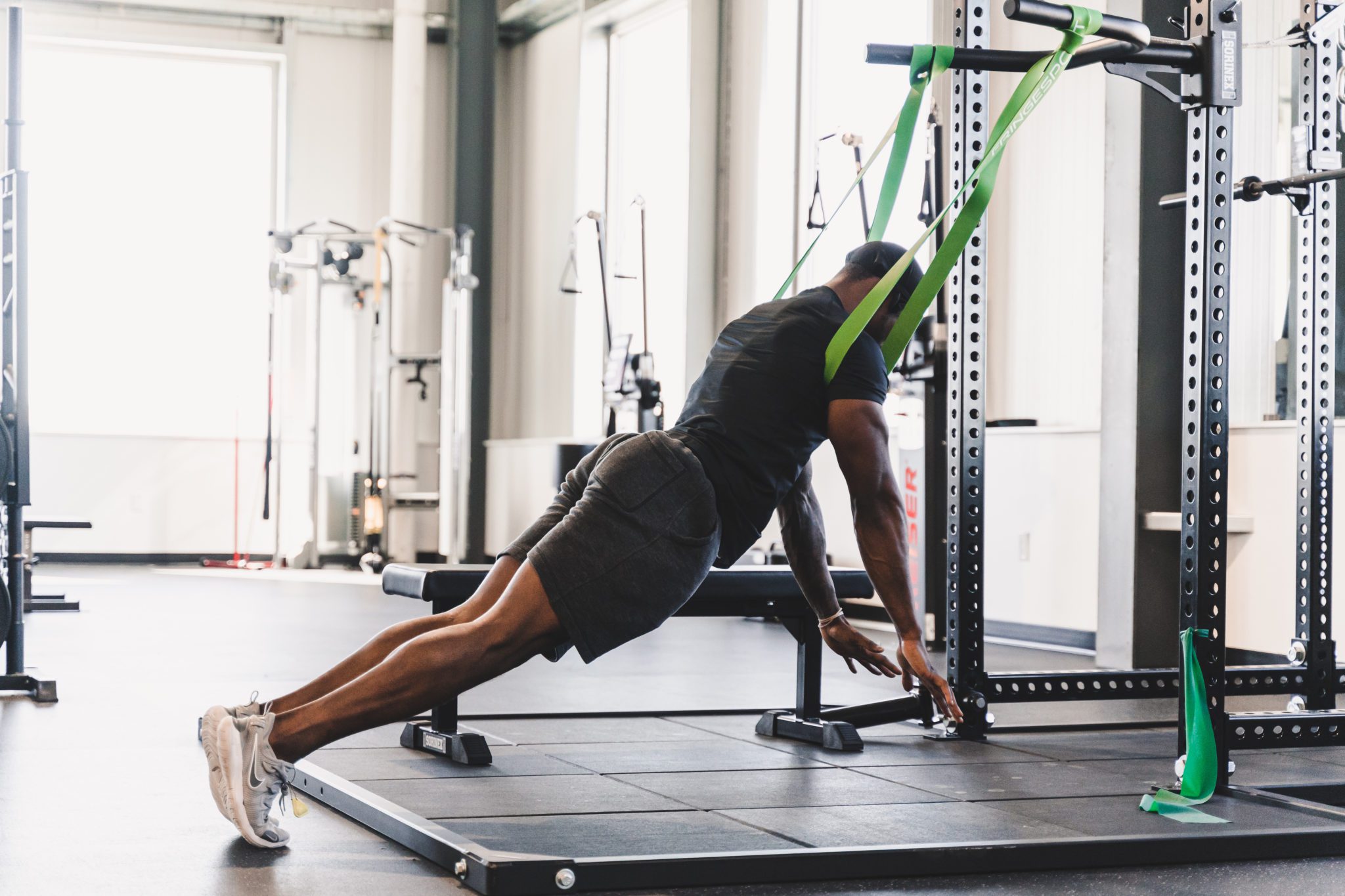
Resistance Training
Resistance training is any exercise that causes the muscles to contract against an external resistance, resulting in the building of strength, anaerobic endurance, and the growth in the size, also known as hypertrophy, of skeletal muscles. Various objects, such as dumbbells, body weight, and other weighted workout tools can be used to achieve this effect. Resistance training is integrated with aerobic exercise (for the cardiovascular and pulmonary systems) in addition to balance and flexibility training to address strength and conditioning needs of the whole athlete.
How Does Resistance Training Promote Athletic Maintenance?
Resistance training is based on principles of muscle strengthening through a cycle of exposure to resistant forces. Through resistance training, athletes can expect to see an improvement in joint function, bone density, muscle, tendon, and ligament strength. Resistance training is part of a maintenance fitness program and is a vital component in Team ROI’s injury risk reduction programming. It is used as an injury-preventative measure by strengthening targeted muscle groups. Our team also employs Blood Flow Restriction (BFR) training, which combines low-intensity exercise with blood flow occlusion to produce similar results to high-intensity training. Depending on the athlete’s training age, resistance training can be fundamental or progressive in approach. Its effects can be accomplished through programs lasting 6 to 8 weeks focused on the following workout routine variables:
- Sets. This type of training is achieved by completing several reps, or repetitions, of a specific exercise in a row. This common workout strategy allows for a planned number of sets with short rest times in between. A resistance training workout plan might include 4 sets of 10 bicep curl reps with a 20-second rest between sets, or “4×10, 20 secs.”
- Repetitions. The number of times a single exercise is completed before taking a rest or a break is called a rep. Improved muscular endurance is achieved through workout programs with higher reps, whereas increased muscle size, power, and strength are achieved through fewer reps with higher weights. Reps may also use body weight to work against muscle groups to achieve the desired effect. To build strength through resistance training, workout activities are designed so that athletes are challenged to meet their appropriate edge with increased weight intensity.
- Types of Exercises Performed. Strength gains are achieved through variance within workout routine programs. If the exercises become static, the muscles learn to predict the movement and the impact from resistance lessens in effect. In other words, it is good to keep your muscles guessing about what comes next in order to build strength through pivotal adaptations. It is also important to undergo a workout program that is holistic in approach by providing exercises that focus on a dynamic whole-body routine to build strength and endurance.
- Frequency and duration of sessions. Consistency and commitment are key when it comes to achieving tangible results through resistance training. How often and how long you do varied exercises as part of a fitness routine will have a significant impact on your overall muscle-strengthening progress.
- Rest between sets. Several systems work together in your body during strength training workouts to achieve muscle-strengthening results. Rest between sets should be tailored to each athlete depending on if their goal is to increase muscle size or increase endurance. If muscular hypertrophy, or building muscle mass, is the goal, optimal rest intervals are between 30–90 seconds. On the other hand, if your fitness goal is to maximize strength and power, aim for 2–5 minutes between sets to allow for muscles to recover enough to produce a comparable amount of force for the next set.
Clearly, there are myriad variables to take into account when considering how resistance training can promote athletic maintenance. Regular adjustments to the training variables, such as frequency, duration, exercises for each muscle group, number of exercises for each muscle group, sets, and repetitions, ensure that elite athletes are able to make progress and improve.
What Kinds of Workouts Should You Expect from a Resistance Training Program?
During a resistance training session, athletes should expect routines involving weighted objects that target functional movements and specific muscles to achieve their specific performance goals. . Your physical fitness expert at Team ROI will work with you to come up with a plan involving reps and sets that consider strength and conditioning as part of an integrated fitness program. Some of the devices used in resistance training workouts programs include:
- Free weights. Strength-training tools, like dumbbells, barbells, and kettlebells all classify as free weights and can be easily used for a variety of different exercises. Free weights have the effect of activating different muscles to stimulate muscle growth, improving muscle force and flexibility, promoting muscle force and flexibility, and improving the coordination and stability for muscles and joints. Free weights allow elite athletes to target more muscles and promote functional fitness.
- Weighted Balls or Bags. Other workout tools like medicine balls or sandbags can also be used to achieve results similar to free weights through a slightly varied application. Weighted balls or bags are a great way to provide for a more dynamic workout.
- Weight machines. These devices have adjustable seats with handles attached either to weights or hydraulics. Weight machines are a great tool to reinforce proper form and reduce the risk of injury.
- Resistance bands. These giant, elastic rubber band-like devices provide resistance when stretched. The bands are a beneficial part of an integrated workout routine and provide continuous resistance throughout a movement. Resistance bands can provide variation for fitness needs with lighter resistance bands being optimal for recovery and higher resistance bands offering the ability to build strength in muscles and optimize functional movements specific to an athlete’s sport.
- Suspension equipment. You will get the most out of using this training tool using gravity and the bodyweight to complete various exercises. Suspension training is a great tool for building strength and learning how to engage stabilizers while working larger muscle groups.
- Body weight. Work against yourself using your own body weight to do squats, push-ups, and chin-ups. Bodyweight workouts provide low-impact options and can function as a low-maintenance alternative to workout machines and gym equipment.
There’s no shortage of workout tools when it comes to achieving your fitness goals. It is important to effectively employ them in a resistance training program to see optimal results. Having a physical fitness expert administer a program that suits your fitness needs is key to improving muscular strength and function.
Who Administers Resistance Training?
Our team of resistance training experts at ROI aims to ensure that each athlete utilizes an appropriate weight or resistance force that will challenge them throughout their customized fitness program. Your progress will be monitored throughout your fitness journey by your strength and conditioning specialist, who will provide adjustments to achieve maximum strength and conditioning outcomes.
Our staff has received certifications across CSCS, USAW Olympic Lifting, BFR, TPI, and FRC training programs, enhancing our ability to promote and focus on strengthening the whole athlete. Team ROI is able to provide clients with a comprehensive resistance training program and expert feedback needed to attain optimal strength-building results. Our trainers will tailor a plan to get you on the road to becoming your best athletic self through effective resistance training.
How Can Team ROI Help?
Customized plans for our athletes that are integrated in approach ensure a holistic approach regarding the maintenance and functionality of each individual’s strength and conditioning goals. Our state-of-the-art equipment and science-based methods will target your body’s strengths and weaknesses. At Team ROI, we will provide you with a personalized strength and conditioning program guaranteed to make you become a stronger, more powerful athlete.
